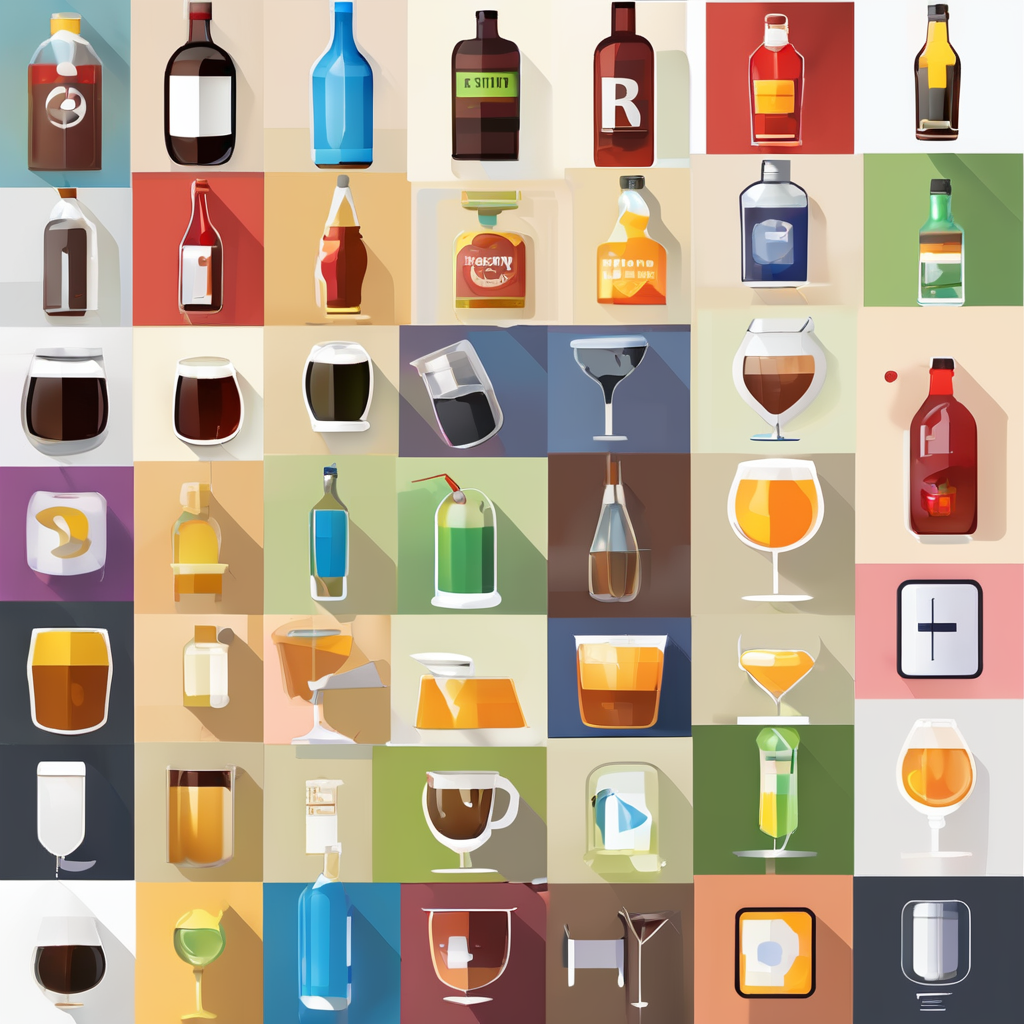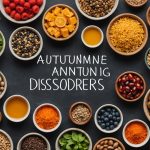Understanding Chronic Migraines in Teens
Chronic migraines can significantly impact adolescents, affecting their daily activities and well-being. Various migraine types are common among teenagers, including aura migraines, where visual disturbances precede the headache, and the more common migraine without aura.
Understanding the differences between tension headaches and migraines is essential for proper management. While tension headaches offer a dull, tight sensation, chronic migraines present a more intense, throbbing pain, often accompanied by nausea and sensitivity to light or sound.
Topic to read : Exploring the Impact of Prolonged Antidepressant Use on Bone Density: What You Need to Know
Teenagers may encounter specific triggers unique to their age group. Hormonal changes, stress from school or relationships, and lifestyle habits like irregular sleep patterns or excessive screen time can exacerbate teen migraines. Identifying these elements can aid in prevention and management.
Migraines differ in severity and frequency, and recognizing these patterns is crucial for implementing effective strategies tailored to teens. Engaging with healthcare providers for personalized care and exploring both pharmacological and non-pharmacological approaches can greatly enhance the quality of life for teenagers experiencing chronic migraines, supporting them in pursuing their academic and personal endeavors with fewer interruptions.
In parallel : Exploring the Benefits of Telehealth for Delivering Mental Health Services to Rural Communities
Evidence-Based Treatment Options
When managing teen migraines, selecting effective treatment options requires a nuanced approach. Pain management often includes both acute and preventive medications tailored to mitigate symptoms effectively. Acute medications aim to address migraine symptoms once they arise, providing prompt relief. On the other hand, preventive treatments are prescribed for regular use to reduce the overall frequency and severity of migraines.
Over-the-counter medications such as ibuprofen and acetaminophen are frequently used for pain management. While they offer relief, these should be used cautiously to prevent medication overuse headaches—commonly known as rebound headaches.
Medication options extend beyond quick-fix solutions. Healthcare providers may suggest the use of triptans for more severe episodes or prescribe preventive medications like beta blockers or antiepileptics for continued support. It’s crucial for teens and their guardians to consult with medical professionals to customise a treatment plan that respects the individual’s unique needs and circumstances.
Collaborative healthcare plans enhance the quality of life by ensuring that teen migraine sufferers receive timely, effective intervention. This strategic partnership is indispensable for providing pain management that aligns with adolescent lifestyles and developmental stages, allowing teens to thrive despite their chronic migraines.
Lifestyle Adjustments for Migraine Management
Adopting certain lifestyle changes can be a highly effective way to manage teen migraines. One key area is establishing consistent sleep patterns. Regular sleep routines create stability in the body’s internal clock, potentially reducing migraine occurrences. Aim for a structured sleep schedule, including weekends, to ensure consistent rest.
Diet and hydration are equally important. Dietary changes, such as maintaining a balanced intake of nutrients and avoiding known dietary triggers like caffeine or processed foods, may help in migraine prevention. Staying well-hydrated is crucial, as dehydration can exacerbate symptoms. Aim for a minimum intake of eight glasses of water daily to maintain optimal hydration levels.
Stress is another significant factor influencing migraine frequency. Implementing stress management techniques such as deep breathing exercises, meditation, or yoga can have substantial benefits. These practices help reduce tension and promote relaxation, potentially lessening the impact of migraines. Furthermore, incorporating regular physical activity into your routine not only boosts overall health but also helps in stress reduction.
In summary, integrating these healthy habits into everyday life forms a robust foundation for migraine prevention, empowering teens to lead a more comfortable, migraine-free life.
Coping Mechanisms and Psychological Support
The connection between mental health and migraines is profound; stress and emotional distress often exacerbate symptoms, making effective coping strategies vital. Understanding this interplay can unveil potential causes of increased migraine frequency and severity. Adolescents grappling with both issues may find themselves trapped in a cycle that complicates their struggles.
To counteract this, developing resilience is crucial. Techniques such as mindfulness, deep breathing exercises, and crafting a support system play significant roles. These methods not only mitigate stress but also empower teens to maintain emotional control during overwhelming episodes. Incorporating regular psychological support, such as counseling or participation in support groups, can significantly enhance mental well-being. Counseling provides a safe space to express emotions and work on individualized coping skills.
Additionally, seeking out support groups serves as a practical way for teenagers to share experiences and glean insights from peers facing similar challenges. Resources are critical: whether it’s through school counselors or online communities, establishing links to knowledgeable specialists ensures consistent support. Engaging in these resources fosters an environment that prioritises mental health management, directly impacting overall migraine control in adolescents.
Identifying and Avoiding Triggers
For teens battling chronic migraines, identifying and avoiding triggers is key to maintaining their well-being. Understanding your personal migraine triggers can drastically reduce the frequency of these painful episodes. A common and effective strategy is maintaining a migraine diary. This tool aids in documenting specific foods, activities, or circumstances that might precede a migraine attack, creating a clearer picture of what triggers migraines.
Dietary choices often play a significant role. Some known dietary triggers include caffeine, chocolate, and processed foods. By tracking food intake and corresponding migraine symptoms in a diary, patterns can be detected, allowing for targeted adjustments.
Environmental factors also need consideration. Bright lights, loud noises, and strong smells can exacerbate migraines. Identifying and controlling these elements in daily life can help reduce migraine incidence. Teenagers might also be sensitive to lifestyle factors such as dehydration and irregular sleep patterns, which are commonly overlooked contributors to migraines.
Trigger management involves more than avoidance; it empowers teens to take proactive steps. Understanding triggers empowers them in implementing changes, fostering a sense of control over their condition, and promoting a migraine-tailored lifestyle.
Parental Involvement and Support Strategies
Effective parental support plays a crucial role in managing teen migraines. Open communication lines between teenagers and their parents can significantly alleviate the burden of dealing with chronic migraines. Encouraging open discussions about symptoms and triggers fosters a supportive home environment, empowering teens to communicate their needs more comfortably.
Educating parents about the intricacies of migraines is essential for fostering understanding and empathy. Providing them with access to educational materials and expert insights equips them to better comprehend their child’s experiences and offer informed support. Furthermore, awareness initiatives can dispel common myths and misconceptions surrounding migraines, paving the way for constructive dialogue and effective management strategies.
During a migraine attack, implementing specific strategies enhances parental aid. Beyond providing comfort, parents can assist by maintaining a calm environment, reducing stimuli like noise and light, and ensuring the availability of necessary medication. Practising relaxation techniques together also strengthens the parent-teen bond, creating a sense of shared purpose in tackling migraines.
Practical involvement extends to monitoring lifestyle factors such as sleep routines and dietary habits, enabling parents to help identify and mitigate potential triggers, thereby reducing the incidence of migraine attacks for their teenage children.
Resources and Further Reading
Access to migraine resources is invaluable for teenagers and families seeking to understand and manage chronic migraines effectively. Recommended literature includes educational materials that outline the different migraine types, common triggers, and management strategies. Such resources are often available through expert organizations focusing on migraine research and advocacy, providing evidence-based insights crucial for informed decision-making.
Support networks, both local and online, play a vital role in creating a sense of community and shared understanding. Online platforms often host forums where teens and parents can discuss experiences and exchange practical advice on managing migraines, creating avenues for mutual support.
Expert organizations like the Migraine Research Foundation offer comprehensive resources and support networks, making their materials a highly recommended starting point for those looking to delve into migraine management and prevention. Their literature covers everything from understanding teen migraines to exploring innovative treatments.
By engaging with these resources, families gain access to valuable information that can aid in coping with migraines, fostering a more comprehensive support system. This knowledge transforms the approach to migraine management, aligning family strategies with contemporary insights and expert recommendations.











